Dzibilchaltun is a large site located just north of Merida, Mexico. The site is one of the oldest known sites in Mayan world. This city and its surrounding area was home to about 8000 structures spread over nine square miles. The city is thought to have had a population of some 25,000 people at its peak around 800 A.D. Dzibilchaltún is thought to have had an uninterrupted occupation for 2,000 years, from 500 B.C.E. until colonial times. It first rose to eminence some time around 50 B.C.E., then, following a prolonged decline, the site arose again and achieved its maximum development from 600 to 1000 C.E..Dzibilchaltun has a large ceremonial and administrative core area filled with scores of big buildings. There is also an open air cenote called Xlaca where swimming is permitted. The site is very well known for two main reasons. One is the museum at the entrance which houses items from the history of Yucatan and artifacts from many Mayan ruins in the Yucatan. It also is the home of Dzibilchaltun's most famed building "the Temple of Seven Dolls". The temple's name comes from seven clay dolls found during restoration. But, the amazing part of the building is its alignment with the sun during equinox. The sun actually bursts into the room on top the temple and lights up into a brilliant star. The temple was originally built around 700 C.E., but like many Mayan structures this temple was built on top of an existing building. Excavation has left clear evidence of the overlaying pyramid. At the base of the temple you can clearly see the elevated sacbe which leads all the way across the site and ends near the cenote. This particular sacbe is maybe one of the best restored in all the Mayan world.

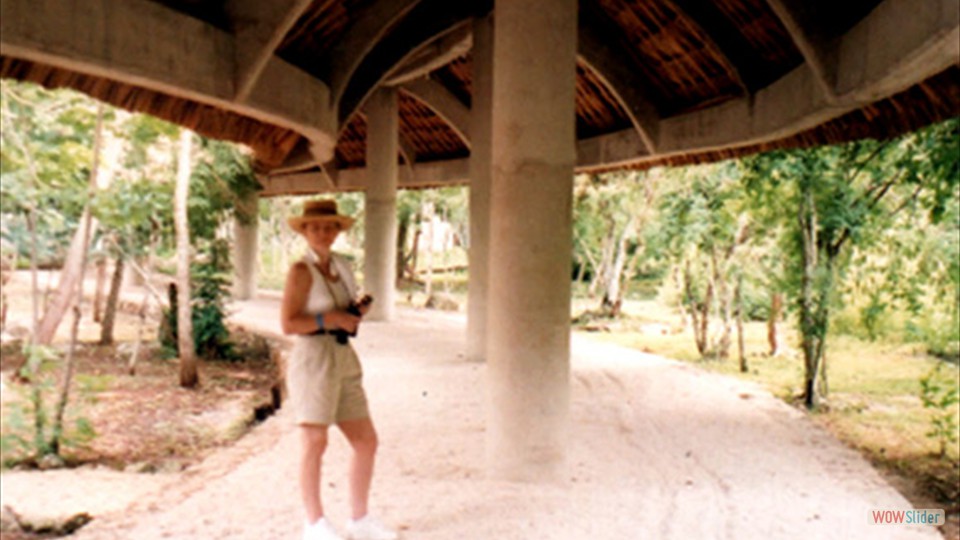
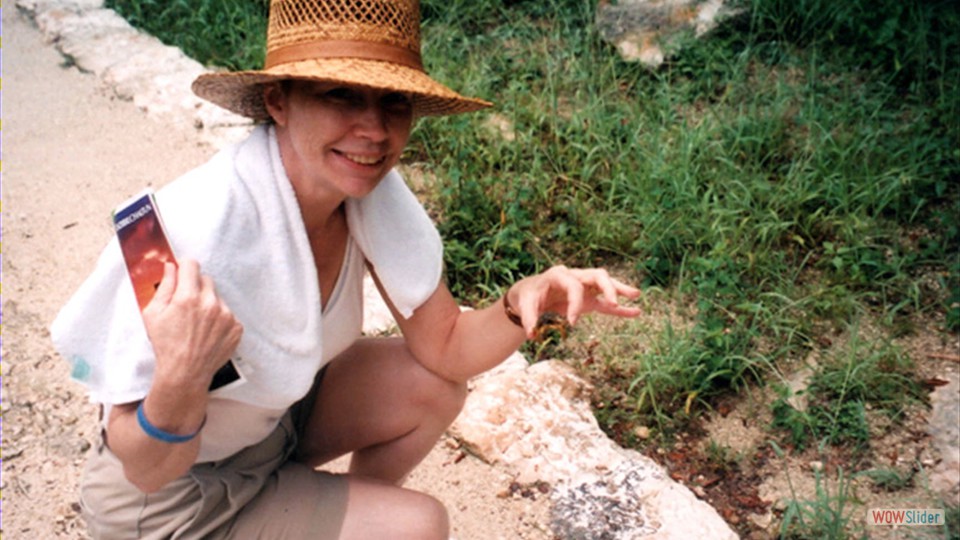
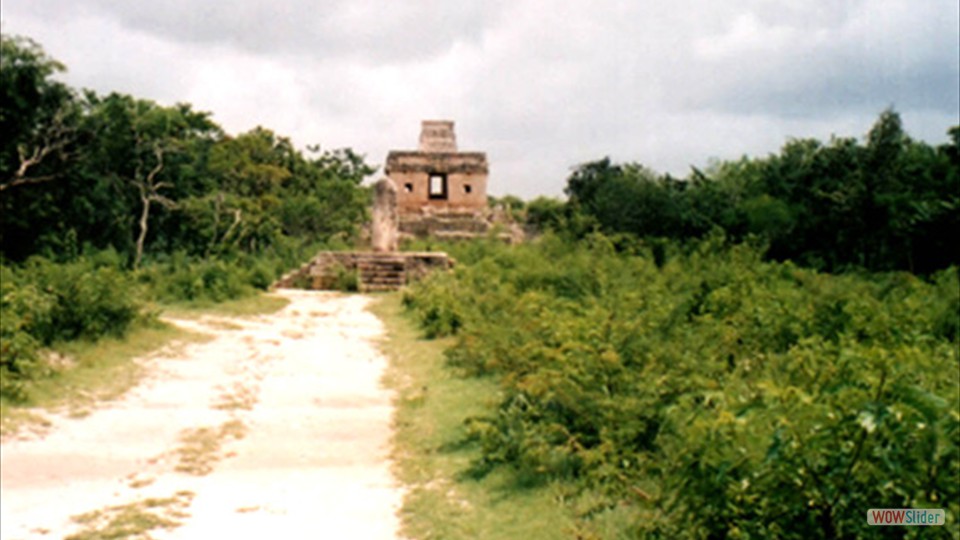

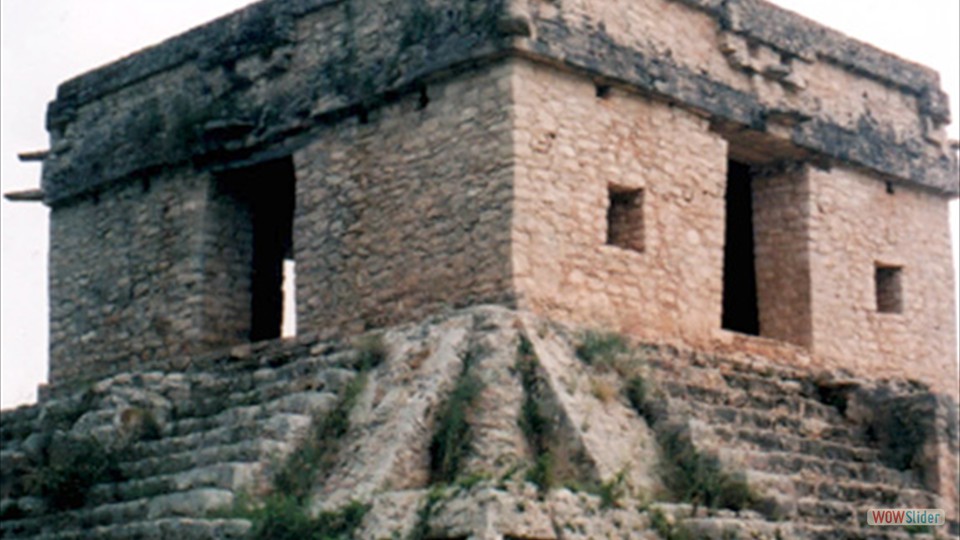
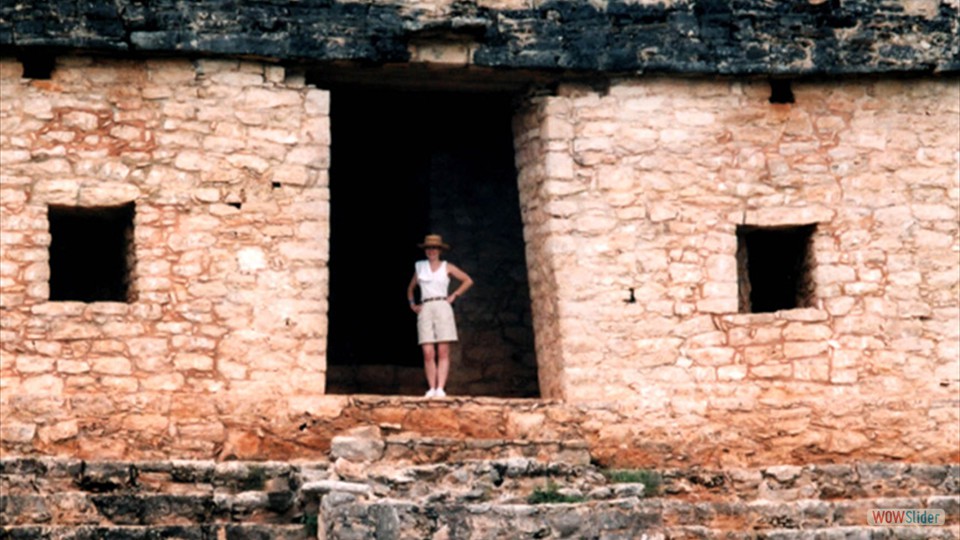

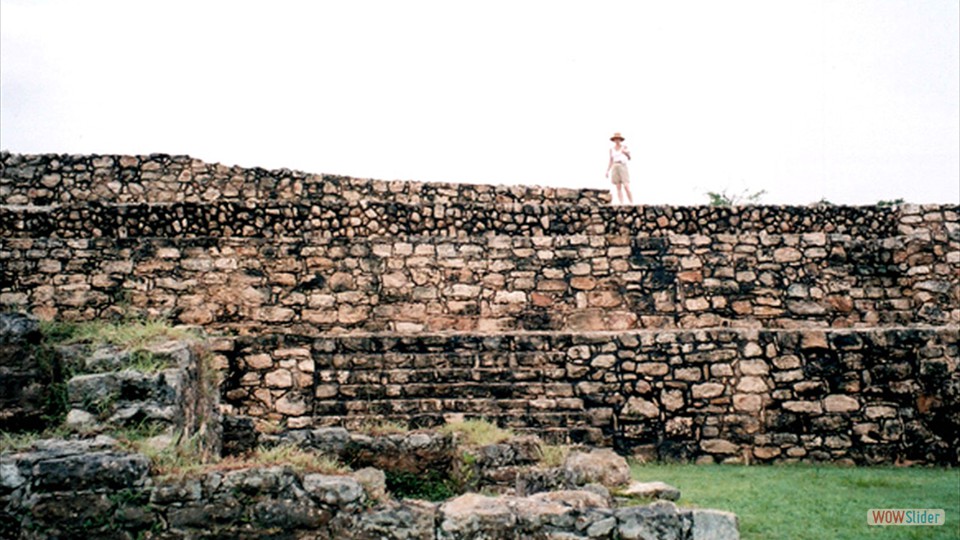
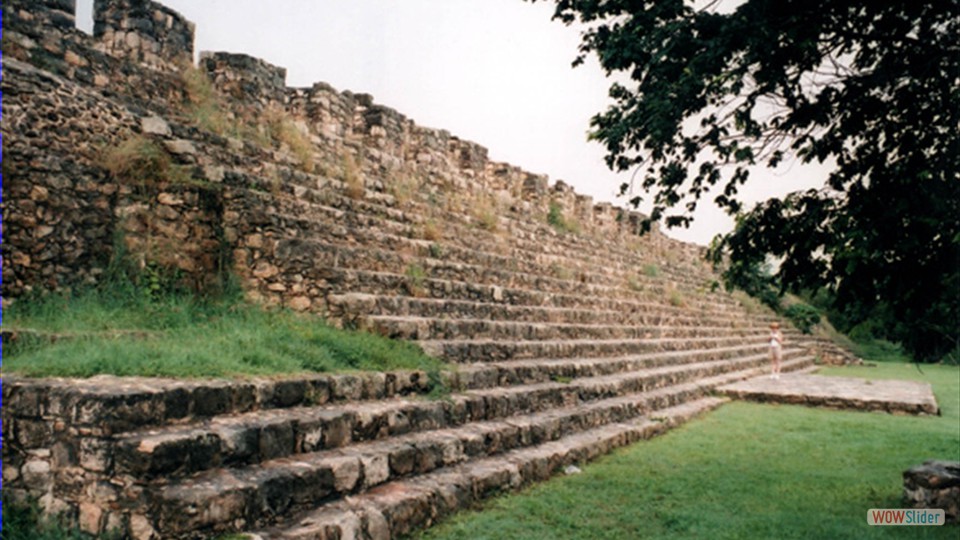
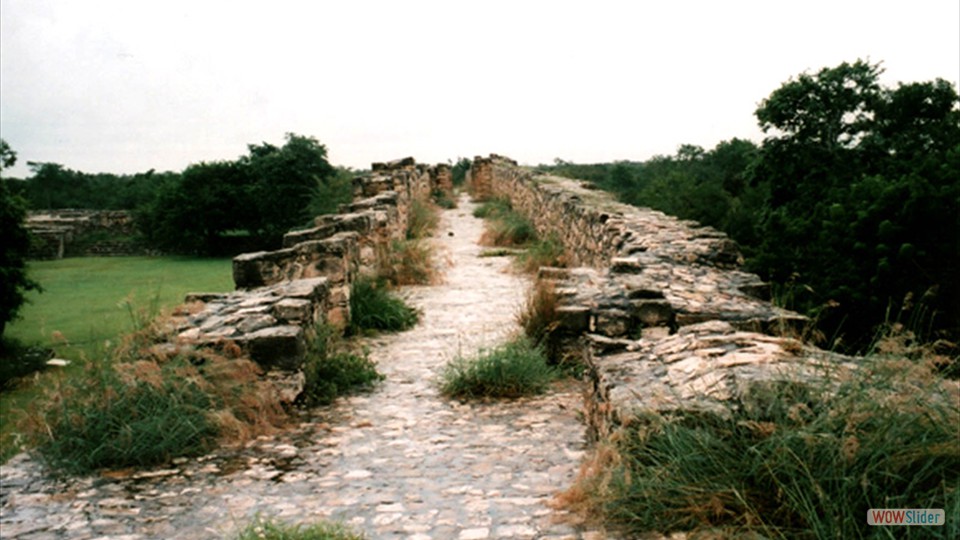
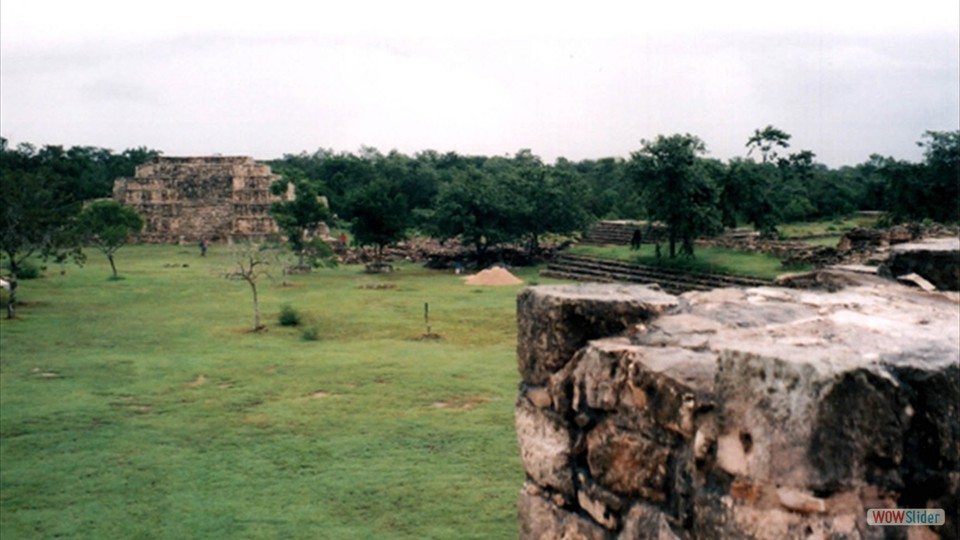
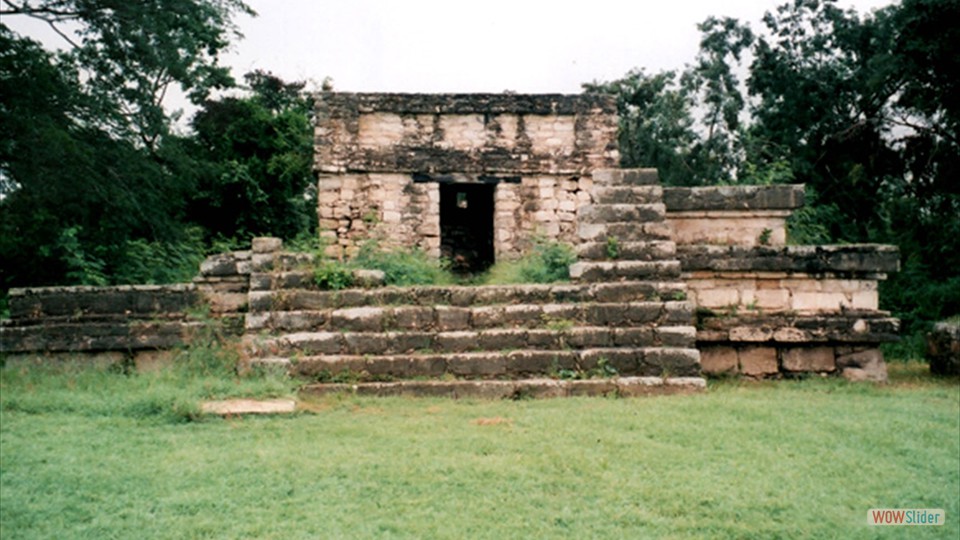
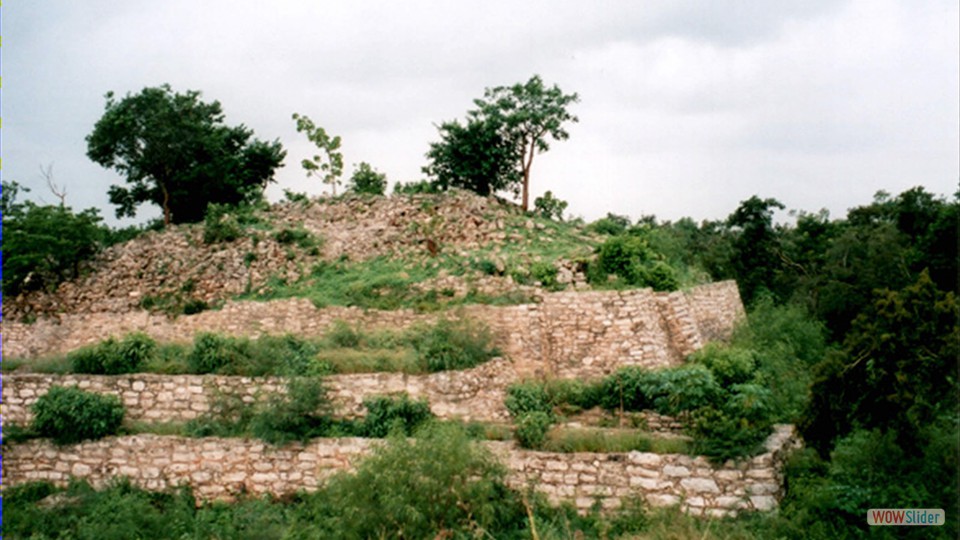
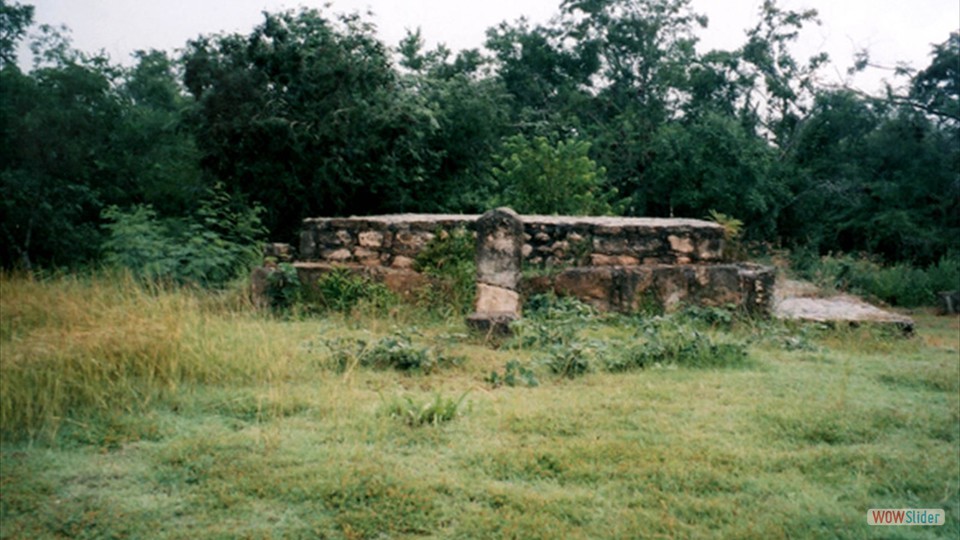



 1
1 2
2 3
3 4
4 5
5 6
6 7
7 8
8 9
9 10
10 11
11 12
12 13
13 14
14 15
15 16
16 17
17